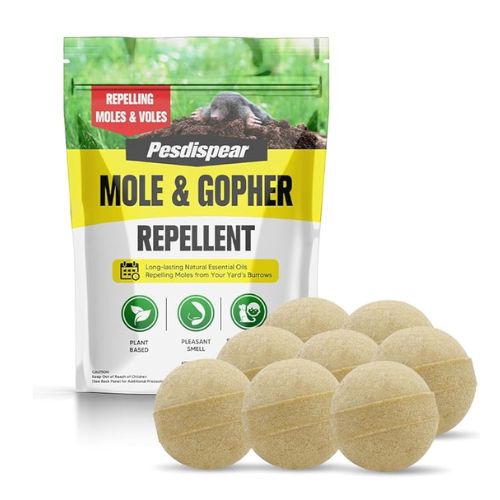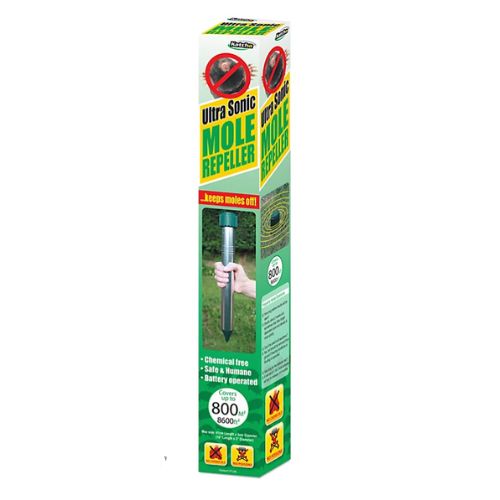How to get rid of moles from your garden - safely and humanely
Show the dinky diggers an underground exit with these humane tips to get rid of moles from your garden for good
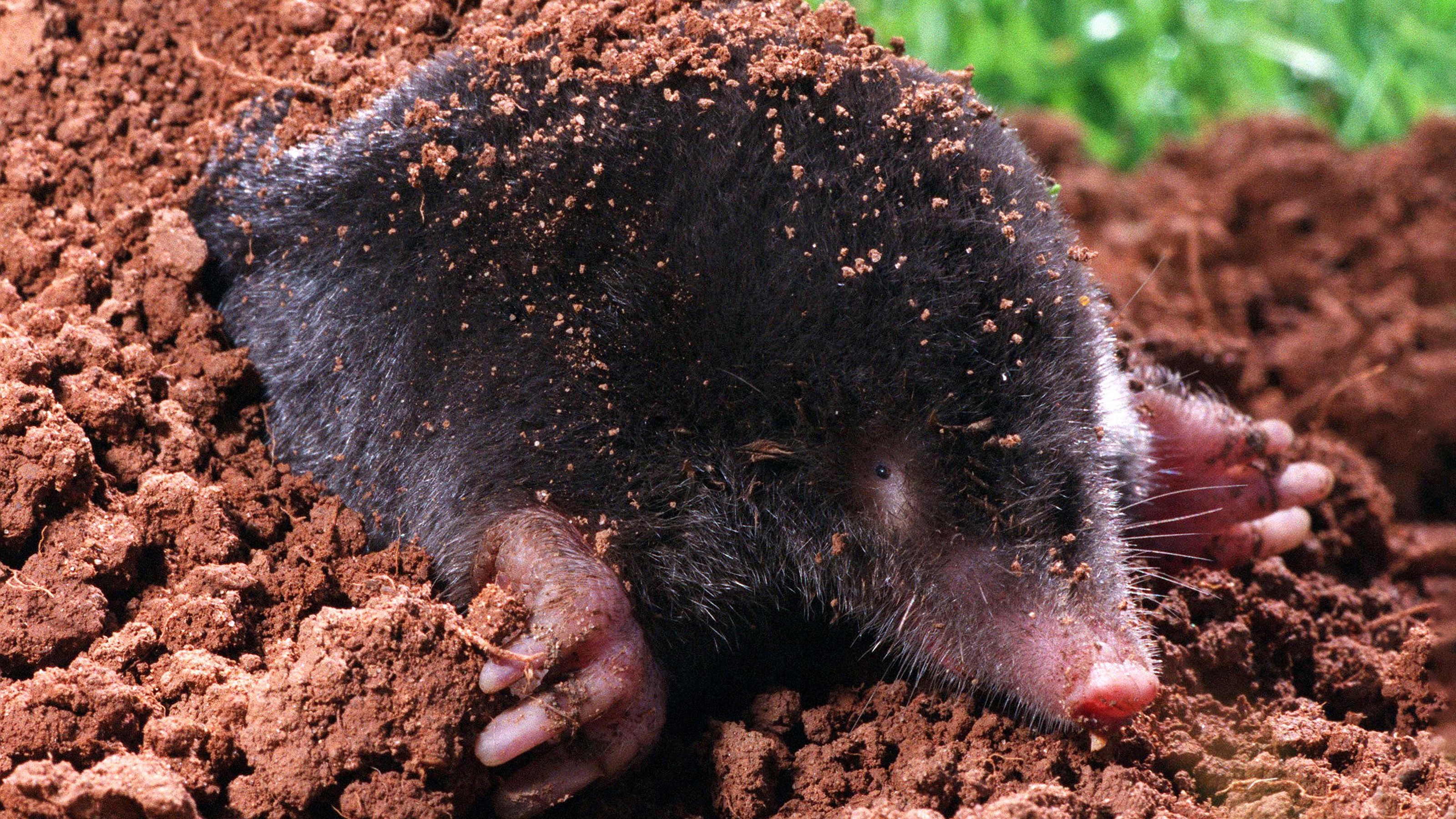
Moles are shy, tiny mammals who are rarely seen or heard. However, their presence in your garden (or rather under it) can be easily noted thanks to the piles of dirt they dig up and leave on lawns and amongst flower beds.
Often associated with the compassionate character 'Moley' from the much-loved children's novel, 'The Wind In The Willows', by Kenneth Grahame, these soft and silky little creatures have a reputation for being cute and cuddly. But in reality, dig deeper and they become, arguably, a miniature garden menace.
If you are looking to know how to get rid of moles from your garden, we've sourced six ways that will help steer the elusive fossorial animals away from your carefully planned garden ideas.
How to get rid of moles from your garden
According to The Wildlife Trusts, a tiny mole can dig up to 20 metres of tunnel a day, looking for insects to feast on, using little spade-like forepaws. This loose soil is then pushed to the surface, creating what we garden owners see as unsightly and annoying molehills.
But, it's not just garden aesthetics that can suffer from a mole infestation. Burrowing moles can wreak havoc on your beautifully cared-for lawn ideas. Then, those underground tunnels can cause further trouble by causing subsidence on patio and garden path ideas and even ruin outdoor electrical wiring.
Here's how to keep your garden molehill-free for good.
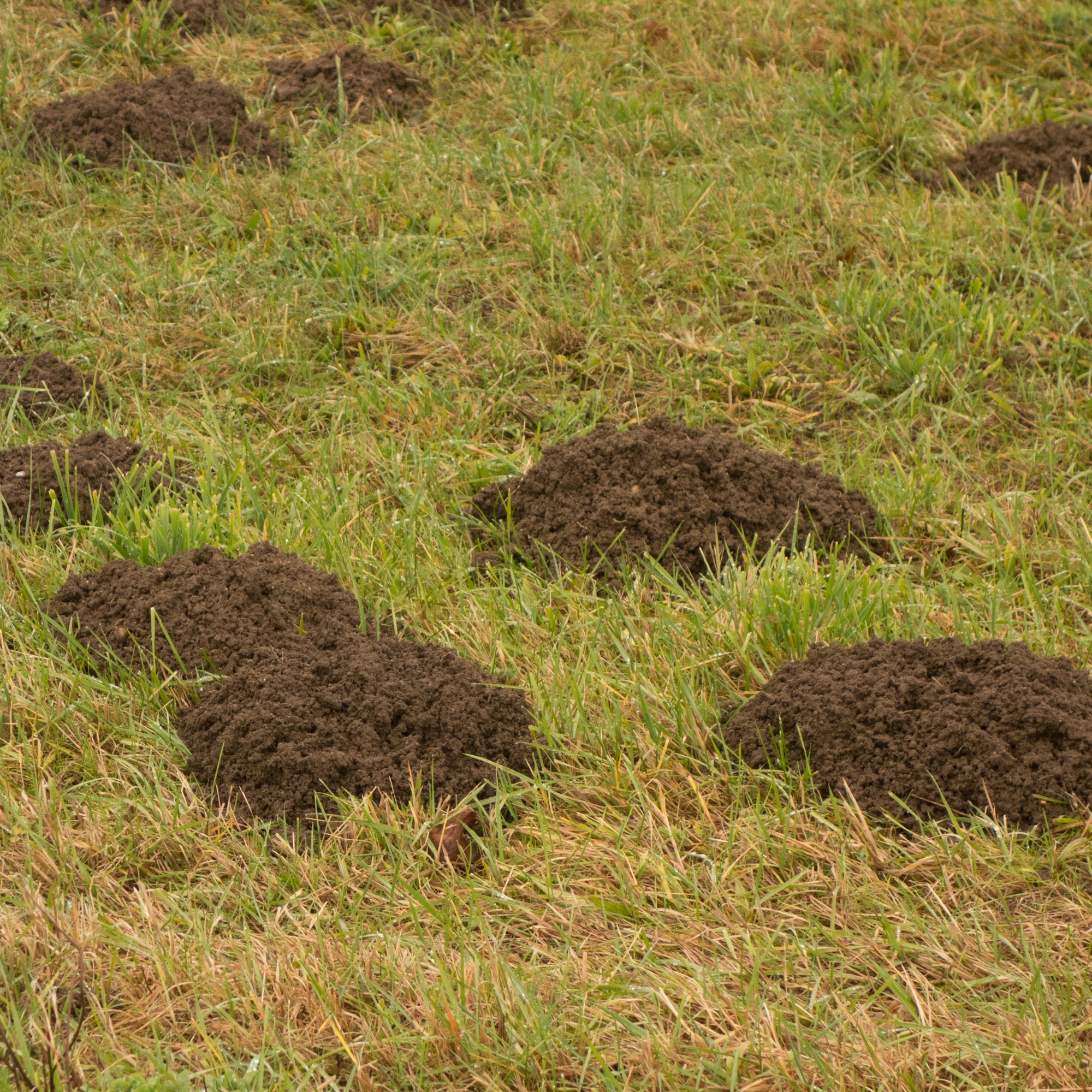
1. Set live-capture traps
We've mentioned that moles, despite their mess-making habits (for some of us), are thought of as adorable. So, perhaps the kindest way to remove them from under your garden is by setting humane traps.
Sign up to our newsletter for style inspiration, real homes, project and garden advice and shopping know-how
'Humane mole traps are one of the most successful and popular methods of getting rid of moles, as they ensure the removal of moles whilst not causing them any harm,' explains Gary Jarman, from Building Shop.
'To install a mole trap you need to first identify an active mole tunnel, do this by locating a fresh mole hill and probing through the opening to identify the tunnel. Place your mole trap a few inches down into the tunnel and check it every few hours for moles. It's crucial that you don't leave the trap too long as if the moles are trapped inside for a long period of time they may die.
The Royal Horticultural Society (RHS), suggests that live-capture traps must be inspected twice per day to avoid starvation and stress. It also states that 'captured moles should be released at least one mile away from the area of capture, permission to release the mole must be gained from the landowner and it must be released into an environment that can support the animal.'
If this method of knowing how to get rid of moles seems impractical read on for other mole deterrents.

Gary Jarman is a Director of Building Shop, a family-run business based in the UK. Gary's background and extensive knowledge of building and landscaping has provided him with a strong reputation for reliability and knowledge. Gary is known for helping clients with their building and landscaping projects as well as any challenges they may face along the way and offering valuable advice to always ensure successful outcomes.
2. Avoid watering
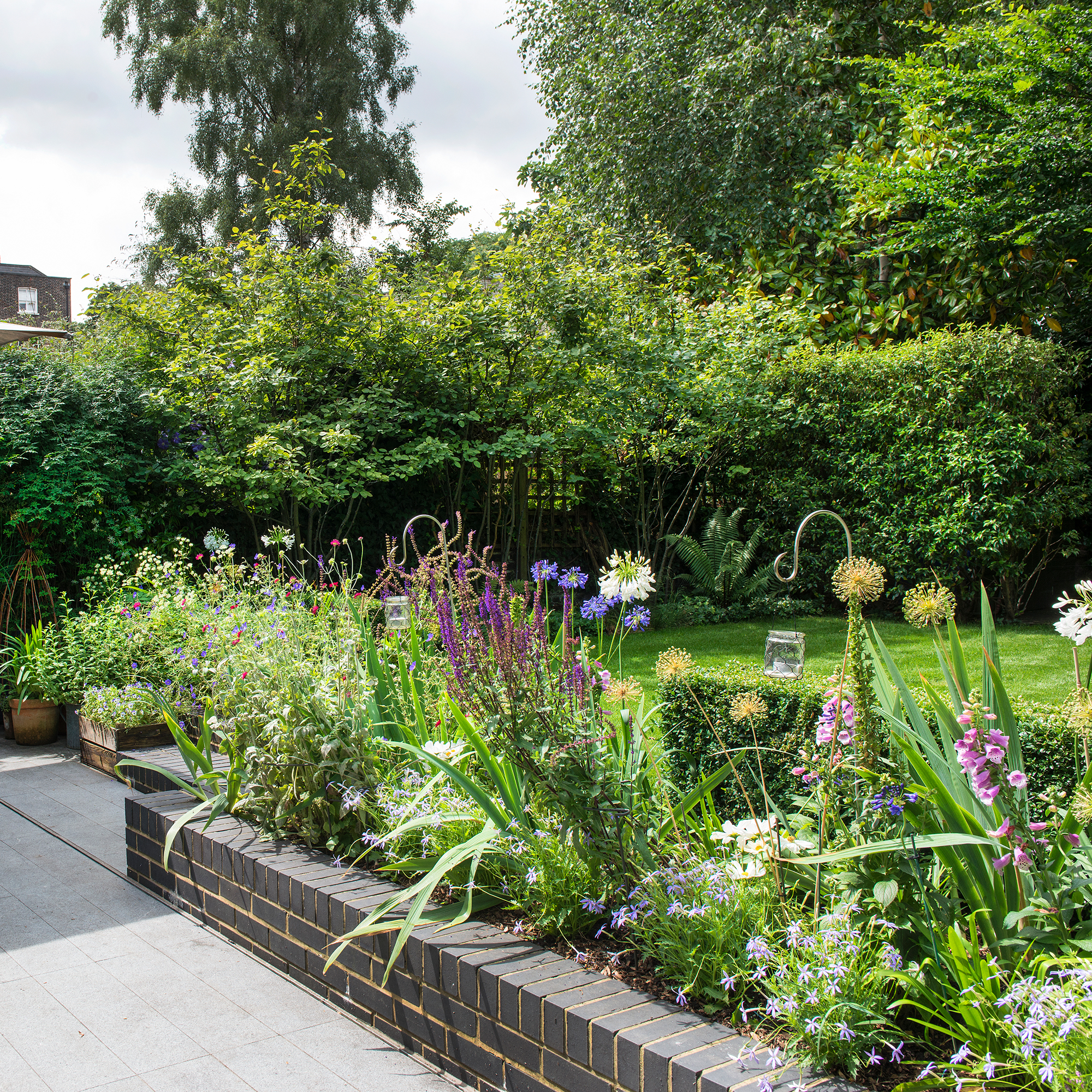
Moles find it easier to burrow into soft moist ground. So, avoiding watering lawns and garden beds for a few days at a time will make digging harder for moles. This will encourage them to seek out softer ground elsewhere.
'Moles prefer to burrow in moist and wet soil so if you wish to get rid of moles you should ensure your lawn soil remains somewhat dry. To do this avoid overwatering your lawn and only water it when necessary,' continues Gary Jarman.
If you are asking the question: how often should you water your garden in the hot weather? It's best to stick to your plants' needs rather than dehydrate your garden.
'However, with this method, it's also important that you don't underwater your soil as this can lead to nutrient deficiencies and your soil may turn brown,' explains Gary.
3. Remove food sources
Moles are carnivorous insectivores who live on a diet of earthworms, slugs, snails and other tiny grubs.
So, if you can live with a few mole hills and are desperate to get rid of slugs naturally then perhaps you may want to leave your mole visitors be.
But, if you do want to know how to get rid of moles from your garden targeting garden plant pests such as slugs, cabbage root fly larvae and snails with will eradicate their food source, forcing them to forage elsewhere.
'To do this you can use beneficial nematodes, simply combine your beneficial nematodes with filtered water and spray it across your lawn. Applying the nematodes to your soil will eradicate the insects and pests that moles feed on, whilst not causing any harm to the health of the lawn', explains Gary Jarman.
4. Buy shop bought mole repellents `
Humane shop-bought mole repellents are an easy way to deter moles from your garden.
Ultrasonic mole repellers work by emitting ultrasonic sound waves into the ground via battery-powered steaks. The ground vibrates and makes a buzzing noise that is very annoying to moles and so they scarper off to quieter environments.
Alternatively, granules or pellets can be scattered on the lawn and garden that are made from natural ingredients. Be sure to choose a brand that states the pellets repel moles with their taste, smell, and feel, but are environmentally friendly, biodegradable, and not harmful to birds, pets, or plants.
5. Plant mole-'un'-friendly flowers
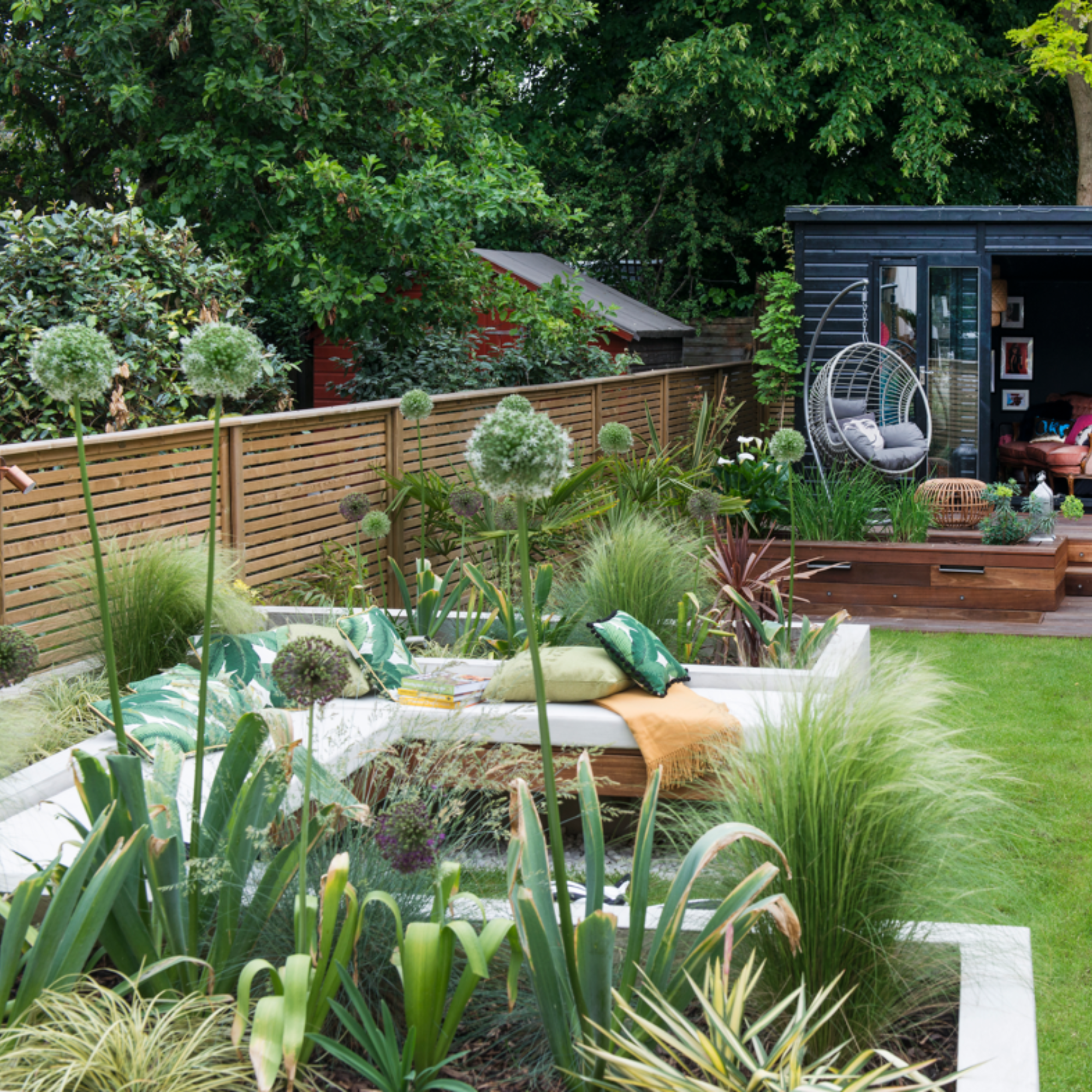
On the hunt for secrets to keep garden pests away? Did you know that there are pest-repellant plants? Yes, plants!
Moles in particular dislike plants with strong aromas such as marigolds and alliums. Also, daffodils as their bulbs are toxic. And those sensitive little noses can't bear strong-smelling vegetables such as onions and garlic.
6. Sprinkle used coffee grounds
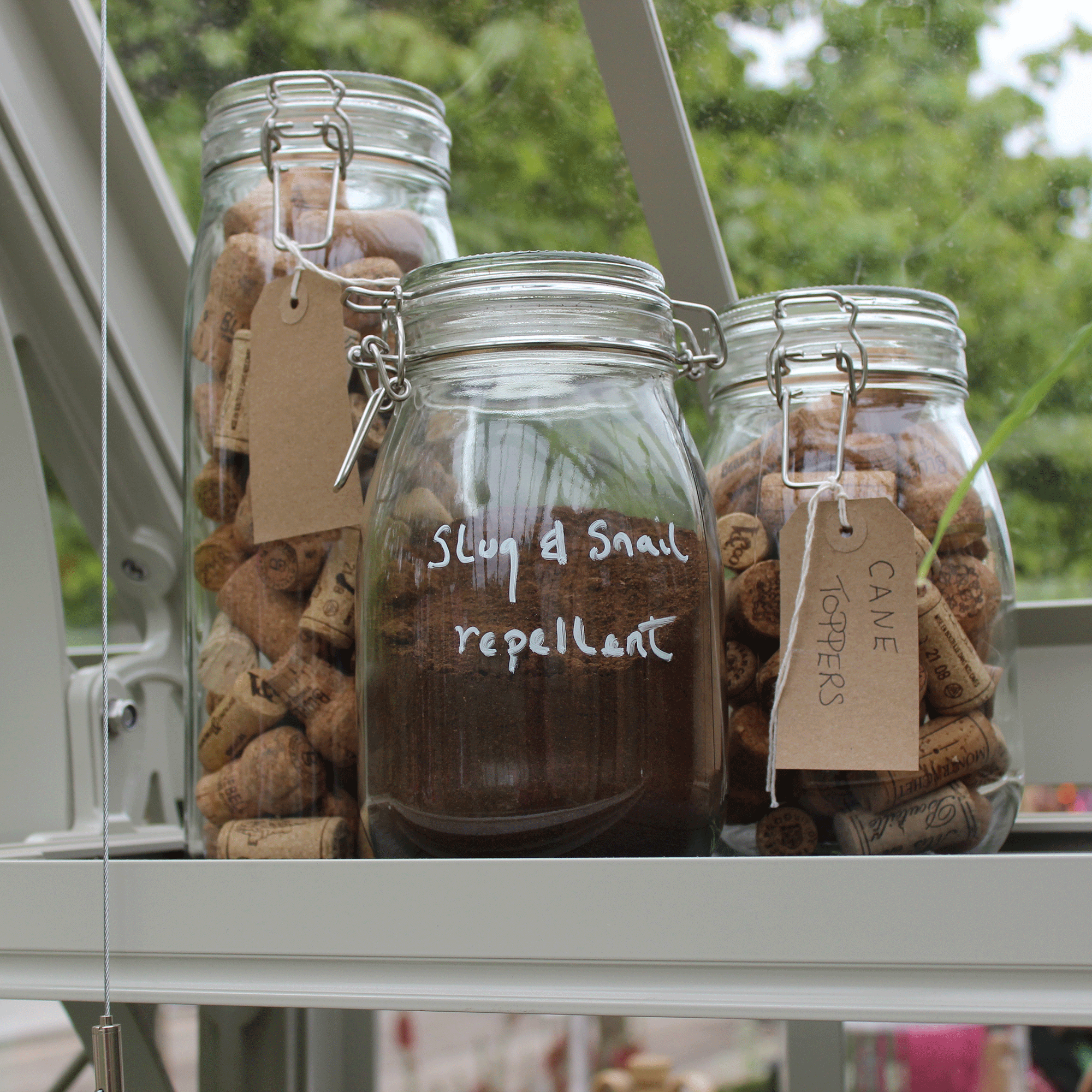
Want to know what to do with used coffee grounds? It has been said that sprinkling used coffee grounds around entrances to mole tunnels will send them digging in a different direction.
Again, it is thought the reason behind this thrifty and natural mole control option is due to the strong aroma. So, in order to ensure a constant coffee smell, sprinkle regularly.
FAQs
How do I get rid of moles in my garden fast?
The fastest way to get rid of moles from your garden is to hire a professional who will offer a 100% eradication guarantee. Professional pest controllers are trained in professional trapping and have access to fumigation chemicals that are not available to the public.
What do moles hate the smell of?
Due to underground living conditions, moles have very poor eyesight. Therefore, their other senses are heightened and so moles are very sensitive to smell. It is said moles repel from aromatic plants and vegetables, coffee grounds, cayenne pepper, castor oil, and tar.
Moles tunnelling under your garden can create many nuisances such as disturbing roots and seedlings, piling up soil mounds called molehills all over your lawn and even causing subsidence to garden landscaping ideas.
But, on the flip side, moles help eradicate garden pests who feast on your much-loved plants and can aerate your soil meaning air, water and nutrients can get in more easily.
So, now you know how to get rid of moles from your garden, the question is do you want to?
Rachel Homer has been in the interiors publishing industry for over 15 years. Starting as a Style Assistant on Inspirations Magazine, she has since worked for some of the UK’s leading interiors magazines and websites. After starting a family, she moved from being a content editor at Idealhome.co.uk to be a digital freelancer and hasn’t looked back.
